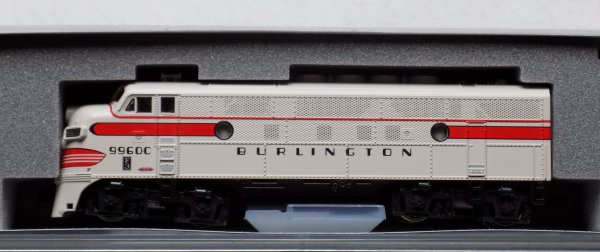Just to be clear here ... the only color I am trying to replicate is the one Kato used, I don't give a hoot if "that" color is authentic for the real railroad or not.
This is not about trying to achieve absolute correctness for the railroad name or the era, it is about aesthetics and wanting to have things "look" as good and "as color compatible" as they can possibly be gotten in the hobby world. In other words, I want both units (A and B) to be the same color regardless of what that color is.
The actual issue for me is that Kato "creates its own color" and does not make that color available for those of us who choose to try their hand at painting a particular railroad to match what kato paints in the factory. If that color was available for their version of the road name, there would be no issue at all.
With regards exact (rivet counting) color matching. The ONLY way to obtain an exact, precise, 100%, perfect color match is to know the exact, precise, 100%, perfect color the actual railway used/uses. Who made it, the formula used to make it and everything about it; otherwise, all that can be achieved is something similar, something that (to the naked eye perhaps) appears accurate.
Bottom line here is, as an example, you could paint a Conrail engine almost any shade of blue similar or close to the perceived color used by Conrail and you'd be correct. Why, because paint fades, gets dirty and stained, ages and not every mix of a color turns out to be 100% identicle to the last so the paint chosen would, most likely, match the way a Conrail blue looked at some point in it's life.
Fact, Kato makes/creates it's own shade of whatever the color is for the CB&Q F7/F3. It isn't available to the public; therefore, it cannot be replicated exactly. And that, gentlemen, essentially answers the question originally posted.



